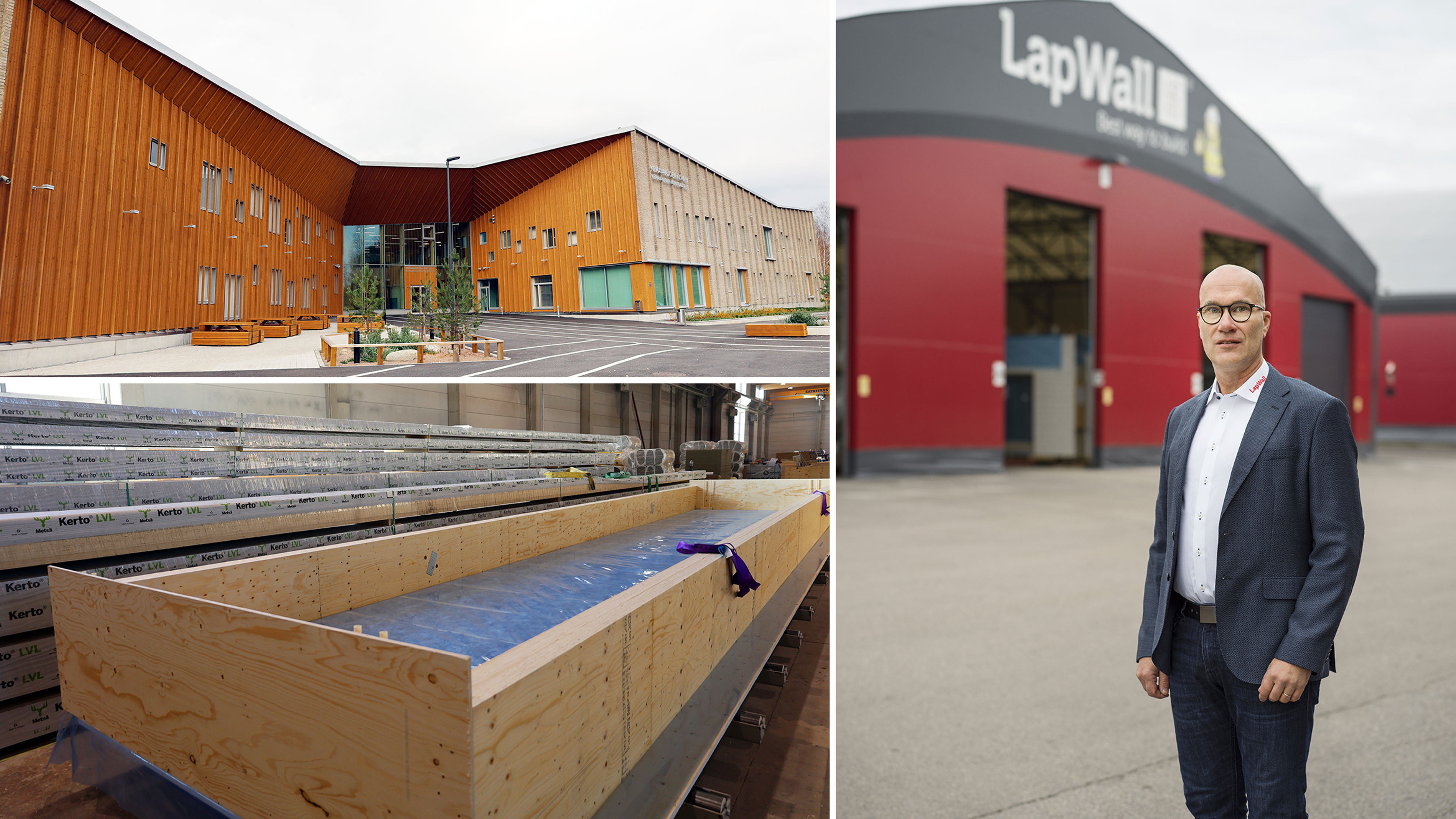Construction companies have traditionally manufactured elements by themselves for their own company need. But the idea of Jarmo Pekkarinen, the founder and CEO of LapWall, was different - according to him, the only way for a wood element factory to succeed was to sell elements to all construction companies. LapWall was founded on this idea, and the company was the first manufacturer of wooden elements to serve all construction companies in Finland. The company has been a pioneer in prefabricated wood construction for more than 10 years.
LapWall's philosophy is to produce structurally standardised elements and the company has published a free-to-use publication, which contains guidelines and explanations of how the elements are joined together. "The market for timber elements grew rapidly when we created such a standard. It is now used by our competitors," says Pekkarinen.
From the very beginning, LapWall was based on the idea that the huge potential of the construction sector can be achieved through efficient wood element construction. "The main thing for us was to make the operation an efficient and high-quality industrial operation. This required a standard product range as well as and standardised design solutions, a 3D CAD/CAM design system and production automation," says Pekkarinen.











